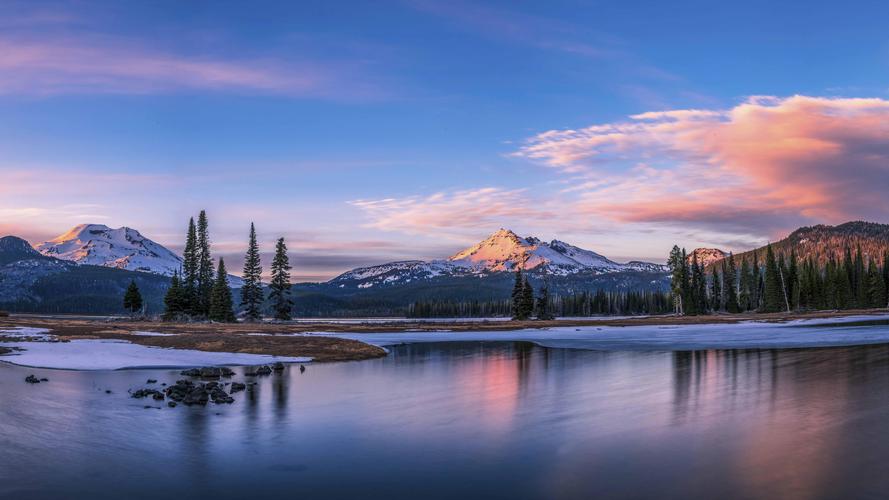As one of the hottest and driest places on earth, Death Valley National Park can be an unforgiving environment for backpackers. However, with proper planning, preparation, and equipment, you can enjoy a safe and memorable trip. Here are some tips and tricks to help you survive Death Valley and make the most of your adventure.
1. Plan your trip ahead of time
Before you embark on your backpacking trip, it’s important to plan ahead and know what to expect. This includes researching the weather conditions, trail maps, and camping regulations. You should also consider the physical demands of the trip and bring the appropriate gear, food, and water.
2. Dress appropriately
With average summer temperatures well over 100 degrees Fahrenheit, it’s essential to dress in light, loose-fitting clothing that covers your skin from the sun. A wide-brimmed hat, sunglasses, and sunscreen are also a must. Wear sturdy hiking boots or shoes with good traction and ankle support.
3. Carry enough water
Water is vital to your survival in Death Valley. The National Park Service recommends carrying at least one gallon of water per person per day. Remember to hydrate often, and avoid alcohol and caffeine, which can increase dehydration.
4. Know the signs of heat exhaustion and heatstroke
Heat exhaustion can occur when your body overheats and can’t regulate its temperature. Symptoms include fatigue, headache, dizziness, and nausea. If left untreated, heat exhaustion can lead to heatstroke, a life-threatening condition. Seek shade, remove excess clothing, and drink water if you or someone in your group shows signs of heat illness.
5. Be aware of flash floods
Death Valley is prone to sudden and violent flash floods that can be fatal. Avoid camping or hiking in washes or canyons during the rainy season, which usually runs from July to September. Be aware of the weather forecast and stay alert for signs of flash flooding.
6. Leave no trace
As a responsible backpacker, it’s important to leave no trace of your presence in the park. This means packing out all trash, including food waste, and avoiding disturbing wildlife or vegetation. Follow Leave No Trace principles to minimize your impact on the environment.
7. Stay on designated trails
In order to protect fragile desert ecosystems, it’s important to stay on designated trails and avoid creating new routes. This helps minimize erosion and protect wildlife habitats.
By following these tips and tricks, you can enjoy a safe and memorable backpacking trip in Death Valley National Park. With proper planning, preparation, and respect for the environment, you can experience the breathtaking beauty of one of America’s most unique natural wonders.
(Note: Do you have knowledge or insights to share? Unlock new opportunities and expand your reach by joining our authors team. Click Registration to join us and share your expertise with our readers.)
Speech tips:
Please note that any statements involving politics will not be approved.
